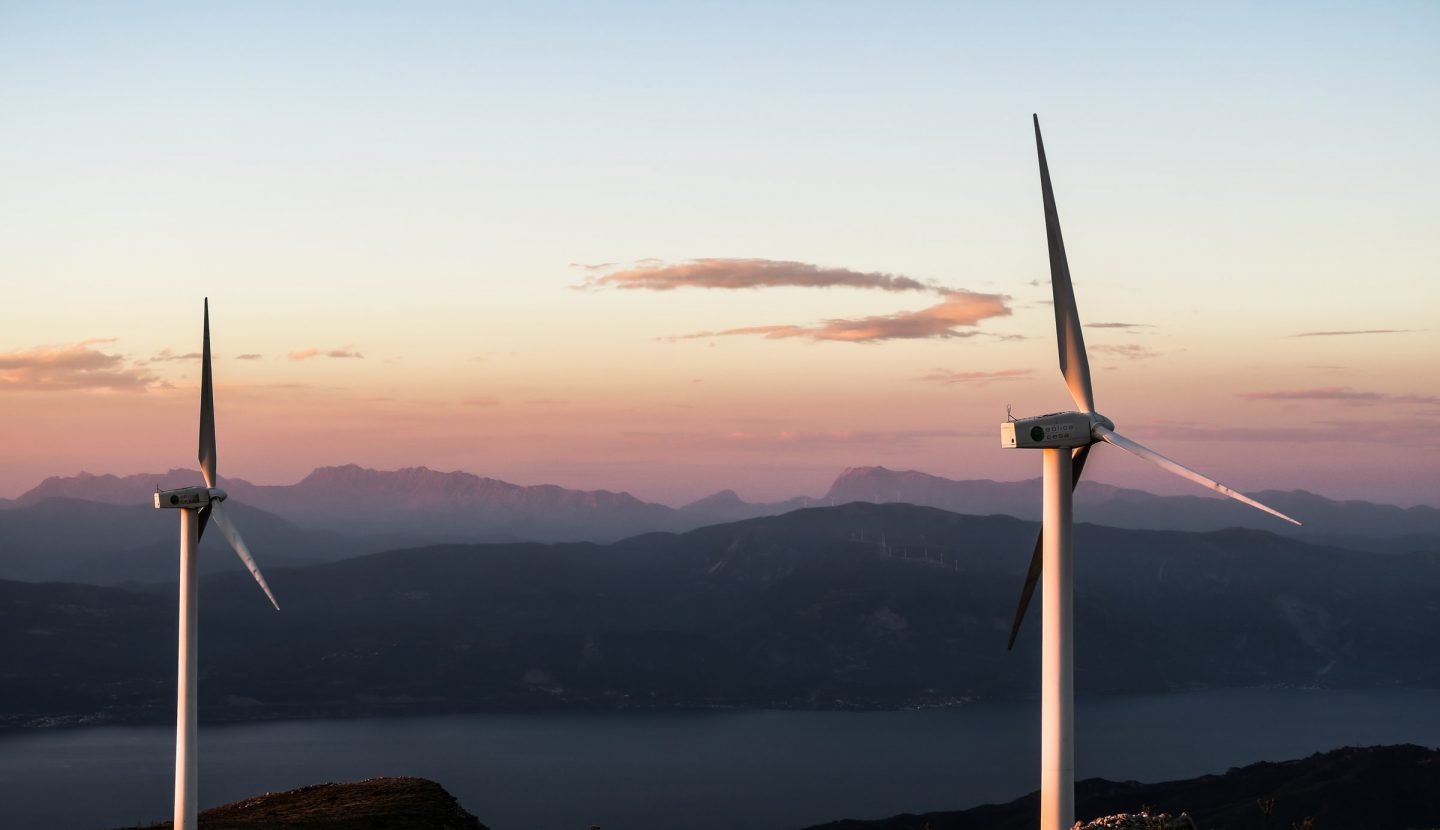According to a new anaysis, the UK’s low carbon economy is now worth more than £200bn, four times the size of the country’s manufacturing sector, with growth expected to accelerate in the coming years.
Despite what experts say has been lacklustre and patchy support from the central government, the analysis found more than 75,000 businesses from wind turbine manufacturers to recycling plants employ more than 1.2 million people in the green economy.
Experts say the sector has the potential to help tackle the climate crisis and create sustainable jobs and improve people’s quality of life – with cleaner transport, reduced air pollution, and better-insulated homes.
But they warn that if the UK is to make the necessary rapid and fair transition to a low carbon economy, the government must mobilise all sections of society – from trade unions to local authorities, community groups to businesses – behind a “national programme of transformation”.
Prof Patrick Devine-Wright, of Exeter University and a lead author with the IPCC said: “We need everybody to pull together or we have no chance of meeting these ambitious targets and staving off what are going to be damaging climate consequences.”
In the coming years, he said many day-to-day aspects of people’s lives would need to change, from the way homes are heated to how people get around town and cities, from what they eat to where they work.
“We need nothing less than a societal process of transformation in place alongside this vision of new technology, devices and infrastructures,” said Devine-Wright. “Unless we connect all those dots up, I don’t think it is going to happen in the timescale that is required.”
Today’s research shows that the low carbon sector is worth £205.7bn in the UK. Using the same methodology, kMatrix found the manufacturing sector is worth £55.6bn, and the construction sector is worth £132.9bn.
According to the data, wind, wave and tidal, and solar power have all increased in recent years. The data shows that the low carbon sector overall grew by 7.4% during the financial year 2018/19 to 2019/20 and contracted by -9.0% during 2019/20 to 2020/21. But it is expected to bounce back in the post-Covid recovery.
Experts say trade unions, local authorities and communities must be given a direct role in the process, especially in areas dependent on high carbon industries, to ensure the move to a green economy is rapid and fair.
Nick Molho, the executive director of Aldersgate Group and an alliance of business and policy leaders, said that for the net-zero transition to deliver jobs to local communities across the UK, the government’s upcoming net-zero strategy should include close collaboration with local authorities and community groups.
Molho called for a UK-wide body to “support the workforce as the UK economy moves to net zero emissions” backed by local transition bodies – made up of local industry, government, unions, and educational sector representatives.
Analysts kMatrix Data Services wrote the report. They produce annual assessments of the low carbon economy for businesses, academics and local authorities, including the Greater London Authority. It was based on 900 data sources from the government, the private sector and academia. It used a different methodology to the Office for National Statistics annual assessment of the green economy, including supply chains and networks and includes a broader category of sectors from wind and solar power to geothermal and water and wastewater treatment.
The report’s author, Sarah Howard of kMatrix, said: “This data, examining the full extent of the low carbon economy from the grassroots up, shows us just how important it already is for the UK economy and the progress made.
“It also illustrates the chains and networks of supply are present and scalable, enabling the significant growth required in the wider sector. What we need now is a comprehensive policy framework, and the required rapid growth can be achieved.”





